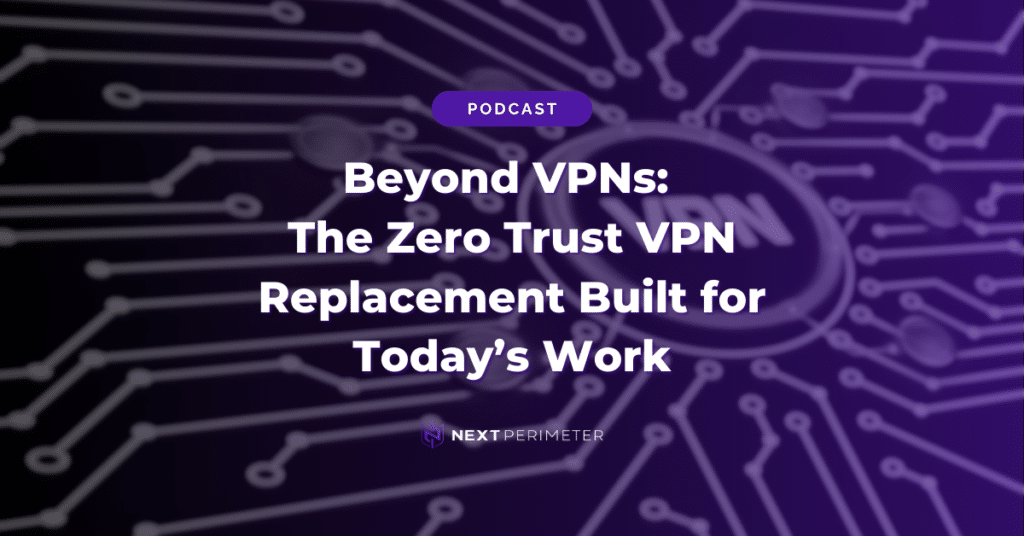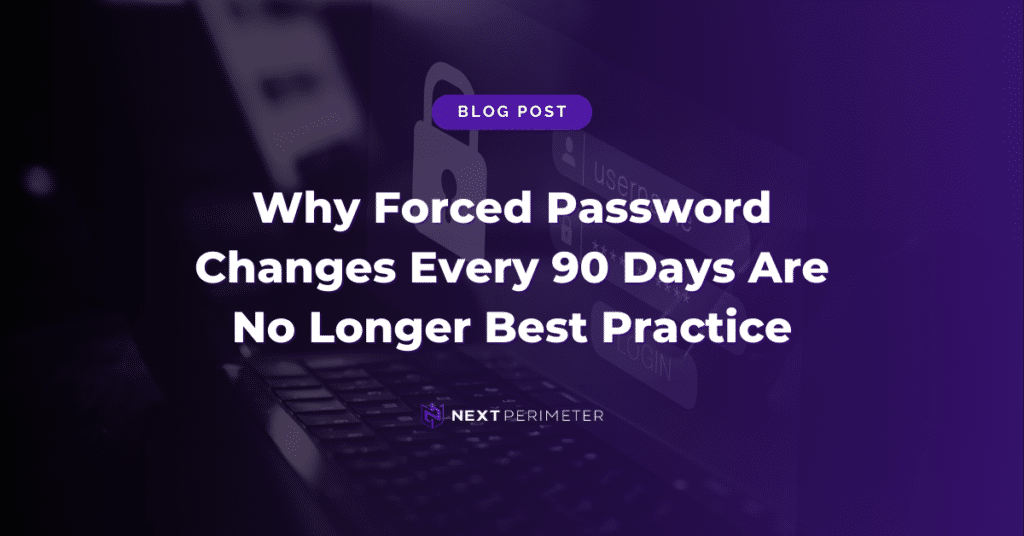How Much Do You Really Need from a Word Processor?
With Microsoft Word or Google Docs, it depends on what you’re trying to accomplish.
When evaluating Microsoft 365 vs. Google Workspace, their respective word processing apps can be a deciding factor. While both are cloud-connected writing tools, the importance and complexity of your documents could shape your decision.
As with most M365 vs. Workspace comparisons, the choice comes down to feature depth vs. streamlined collaboration.
Pricing: What’s Included and at What Cost?
Both platforms are priced per user, per month—but how that price affects your word processor experience varies.
Microsoft 365
- Business Basic ($5/user/month) only includes Word Online.
- Word Desktop App becomes available at higher tiers, starting at around $8.25/user/month.
- Advanced features like Teams, SharePoint, and Exchange Online are not included at lower tiers.
- Comes with 1TB of storage, more than enough for most businesses.
Google Workspace
- Every plan includes Google Docs via web browser—no desktop apps.
- Starter plan includes 30GB of Drive storage shared across all files.
- Web-based by default—ideal for lightweight usage.
📌 Bottom Line: Choose based on whether storage space, offline access, or application depth matters more to your business.
Microsoft Word or Google Docs: What’s Under the Hood?
When Simplicity Is Enough
- Google Docs is excellent for:
- Students
- Note-taking
- Short internal docs
- Light formatting
- Accessible anywhere with an internet connection.
When You Need More Power
- Microsoft Word (desktop) offers:
- Advanced layout and formatting tools
- Control over paragraph spacing, styles, and track changes
- Deep template library with visual polish
- AI-powered assistance (Word Ideas) for:
- Header formatting
- Writing clarity
- Layout suggestions
Where Word Really Wins
- Integrates with PowerPoint, Excel, and other M365 apps.
- Handles long-form content (e.g., manuscripts, reports) without lag.
- Supports platform-wide collaboration with better compatibility for external partners.
🏆 Verdict: When it comes to features, Word takes the crown, especially if formatting, content length, or integrations matter.
Collaboration: Docs vs. Word
Google Docs
- Built from the ground up for real-time collaboration.
- Easy link-sharing and inline permission control.
- Changes save instantly to Google Drive.
- Great for internal teamwork.
Microsoft Word
- Originally built as a standalone app; collaboration was added later.
- Now supports:
- Link-based sharing
- Real-time edits via OneDrive
- Some friction when sharing with external parties unless stored in the cloud.
🤝 Collaboration winner? Google Docs for ease of use. But Word is catching up—and remains more compatible for external-facing work.
Final Verdict: Which Should You Choose?
Go with Google Docs if:
- You write mostly short, internal documents.
- Collaboration speed and ease are more important than formatting.
- Your team prefers simplicity and lives in the browser.
Go with Microsoft Word if:
- You work with long or heavily formatted documents.
- You need cross-platform integrations (Excel, PowerPoint, etc.).
- You exchange documents with clients or vendors using Microsoft tools.
Remember, Word and Docs are just one piece of their larger productivity suites. But if your workflow hinges on document depth and compatibility, Word may push your decision toward Microsoft 365.
Need Help Making the Switch?
Next Perimeter has leveraged Microsoft 365 since its early days as BPOS in 2008. We’ve helped businesses migrate, scale, and thrive on the M365 platform ever since.
📞 Ready to migrate? Call us at 888-286-4816 to get started—hassle-free.





